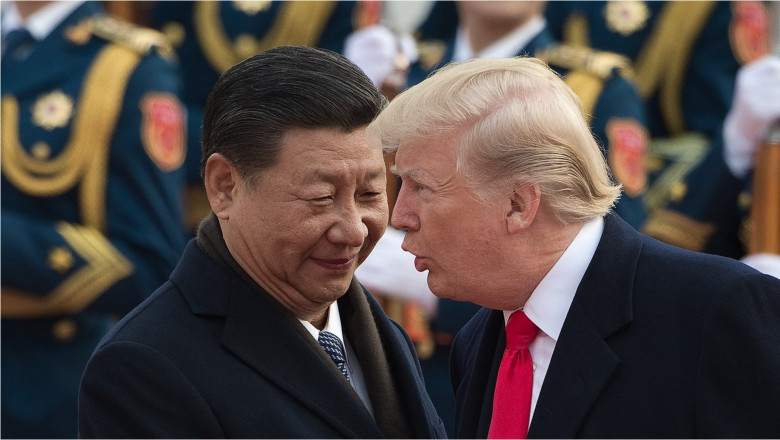“Suddenly, Donald Trump’s trade war has become much clearer. Rather than a battle on all fronts against the world, it now resembles more of a fight on familiar territory for the former business tycoon: America vs China, the BBC reports.The 90-day pause on “retaliatory” tariffs on dozens of countries still leaves in place a universal tariff of 10%. But China – which supplies everything from cutting-edge phones to children’s toys and accounts for about 14% of all US imports – has been chosen for much harsher treatment, with a rate of 125%. Trump stated that this increase was due to Beijing’s preparation to retaliate with its own 84% tax on American goods, a measure the president described as “disrespectful”. But for a politician who rode to the White House on an anti-China message, this is about more than just retaliation. For Trump, it is about unfinished business from his first term, political analysts quoted by the BBC note.The goal is nothing less than toppling an established global trade system, centered around China as the factory of the world, as well as the once widely-held belief that an increase in this trade was, in itself, a good thing. To understand how important this is in the thinking of the American president, we must go back to the time before anyone thought of him as a potential candidate for this position, let alone the likely winner of a presidential election overseas, the BBC journalists point out. In 2012, China’s trade growth was considered by nearly everyone – global business leaders, Chinese officials, foreign governments and visiting trade delegations, foreign correspondents, and learned economists – as a simple thing. It was about stimulating global growth, providing an endless supply of cheap goods, enriching China’s “army” of new factory workers, increasingly integrated into global supply chains, and offering profitable opportunities for multinational corporations, which sold their goods to the new middle classes.Later, China surpassed the US and became the world’s largest market for Rolls Royce, General Motors, and Volkswagen. There was also a deeper justification. As China became wealthier, according to the theory, the Chinese people would start demanding political reforms. Their consumption habits would also help China transition to a consumer society. But the first of these aspirations never materialized, as the ruling Chinese Communist Party consolidated its grip on power. And the second aspiration did not materialize fast enough. China not only remains export-dependent but also openly intends to become increasingly dominant.The political project of Beijing’s leader, Xi Jinping – published in 2015 and titled “Made in China 2025″ – sets a gigantic, state-backed vision to become a world leader in a range of key manufacturing sectors, from aerospace to shipbuilding and electric vehicles. But in the same year, an outsider politician launched his campaign for the US presidency, repeatedly asserting that China’s rise had drained the American economy and cost blue-collar workers their means of livelihood and dignity. Trump’s trade war in his first term broke patterns and shattered the consensus. His successor, President Joe Biden, maintained most of the tariffs imposed on China. However, even though they undoubtedly caused some suffering for China, they have not done much to change the economic model. China currently produces 60% of the world’s electric cars – many of them its own brand – and 80% of the batteries that power them.”
Subscribe to Updates
Get the latest creative news from FooBar about art, design and business.

